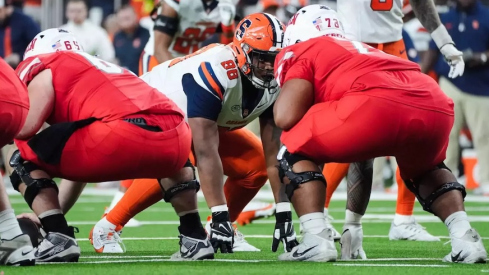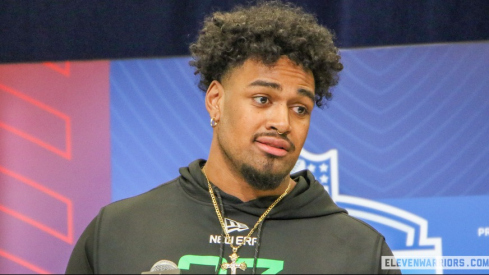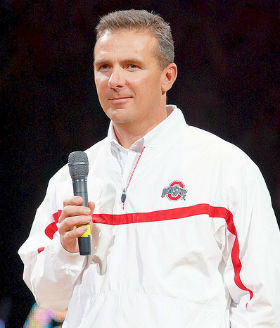 I will take a side of 'power' with my spread...
I will take a side of 'power' with my spread...Taking a step from the theoretical to the practical, I wanted to look at why Urban Meyer's offense is different from other spread offenses.
As I alluded to last week, not all spread offenses are created alike. The differences arise from the most basic question -- what is your offensive goal and what are your base plays to accomplish that goal?
I will put aside spread passing offenses to focus upon spread to run teams. The most obvious foil to Meyer's Florida teams is the Oregon offense.
Chip Kelly predicates his attack upon the QB read, namely in conjunction with the outside zone. The Oregon offense is therefore a descendant of Rich Rodriguez and the original zone read offenses. The zone read is Oregon's bread and butter and will be run a majority of plays.
The other plays run by Oregon are implemented with the idea of countering a defense's steps to stop the zone read, such as reading the defensive tackle rather than the end with a midline read (see also here).
Meyer's base offense, by contrast, is largely inspired by the original, one-back pro-style offenses that currently flourish in the NFL. Meyer's run game reflects this.
Of course, the read and QB run threat is everpresent and crucial to the offense's success. But unlike Oregon, the offense is not completely centered around the read.
Instead, the offense puts more emphasis on the inside run game, including the use of angle and power blocking. Hence, you will see an emphasis on plays like counter-trey and inverted veer, which uses the same power blocking but adds a frontside option.
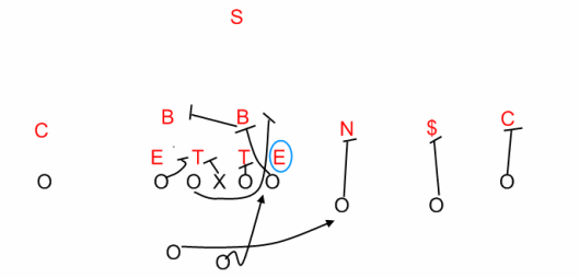
As Meyer himself stated, then, they may run the plays from different formations, but the base run plays are the same as a pro-style run team, with the added dimension of the QB as run threat that the defense must account for.
These distinctions have corresponding results. For example, Meyer will feature more H-backs and tight ends, becasue it permits the type of angle blocking necessary to run the above-plays. Meyer also employs heavy amounts of motion, moving tight ends and backs to and from the slot.
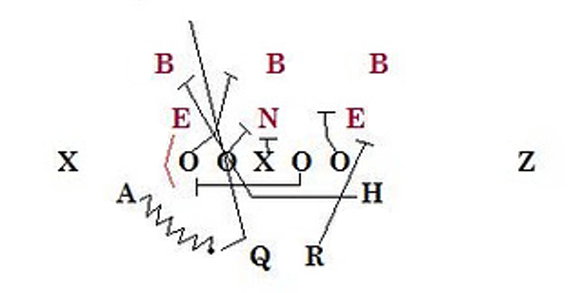
Meyer can also run power plays by using the halfback as lead blocker and quarterback as the ball carrier. This allows Meyer to run one-back power concepts from the spread.
The differences between an Oregon and Urban Meyer are not vast, but rather shades of gray. Nonetheless, these distinctions are crucial, for everything else these offenses do are built off the base scheme.
